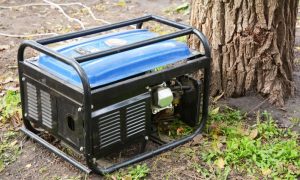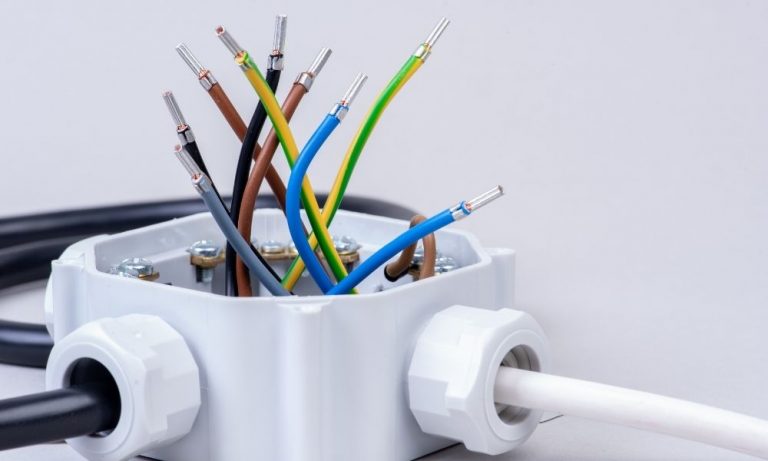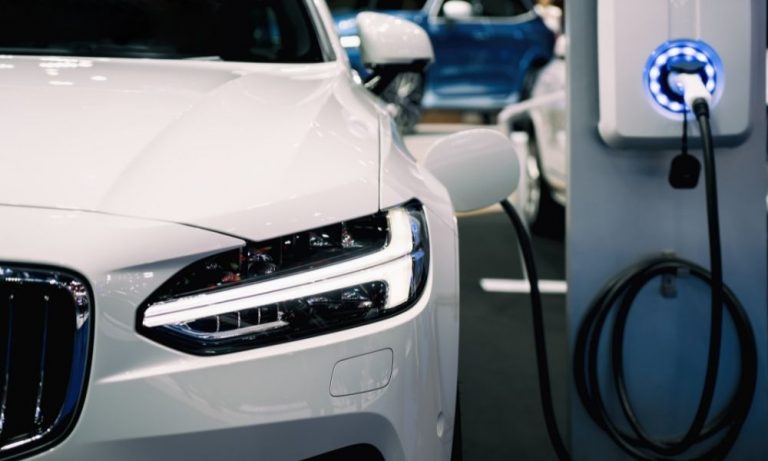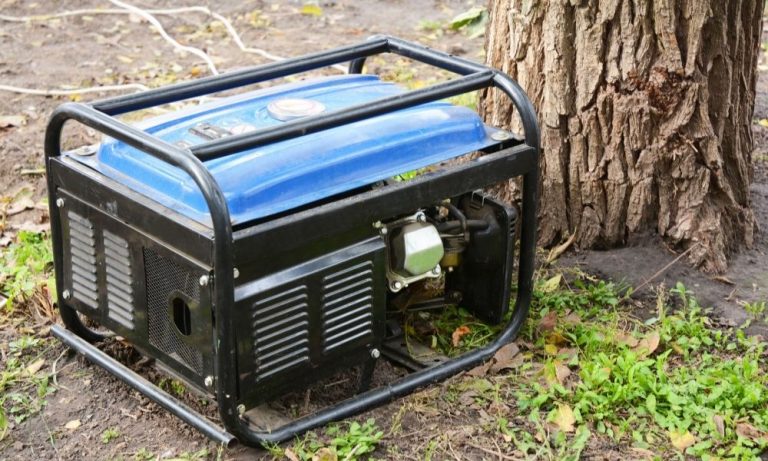The arrival of new electric car models encourages consumers to think about trading in their conventional vehicles, and business managers are considering adding commercial charging stations to meet the rising demand. In almost all cases, companies choose Level 2 chargers instead of DC fast chargers. If you’re curious about charging your automobile, continue reading for a brief explanation of EV charging levels and speeds.
Level 1
The power produced by a normal 110V AC wall plug is called Level 1. You’ll get an EV charger that connects it to a 110V outlet when you buy an electric automobile. Keep in mind that you will only get four to five miles per hour out of this outlet. If your car can go for 400 miles on a full charge, you can expect to spend over four full days waiting. As a last resort, you can use a 100V wall outlet. However, the trickle charge of electricity is not desirable for most drivers. As a result, most EV drivers either purchase a Level 2 charging station for their residence or find a commercial Level 2 charging station, such as those currently available at many businesses and apartment buildings.
Level 2
Level 2 charging, which employs a 208/240V AC configuration, is the industry standard for daily charging levels and speeds. A 30amp charger can charge electric automobiles at 25 miles per hour since it has twice the power of a 110V outlet. An EV driver can get a complete charge throughout the workday or while parked overnight at this speed. Because the J1772 connector is compatible with all plug-in models in North America, you may charge at a regular Level 2 charging station whether your car is a PHEV or a BEV. A Level 2 electrical outlet uses the same amount of electricity as appliances like washing machines, making it simple for property managers to supply EV charging stations.
Level 3 / Direct Current Fast Charging
To increase charging speeds, some fast-charging stations employ between 200-600V DC and 50+ kW. The majority of these high-power terminals can charge an electric vehicle in less than an hour. You can frequently find DCFC stations along roads and near shopping malls because they consume so much electricity and are more expensive to build. The most common application for DCFC is when you’re on the road in your electric vehicle and need to refill. While charging at Level 1 and Level 2 charge stations is standardized, BEVs can use one of three fast-charging connectors: CCS, CHAdeMO, or Tesla. To utilize a fast charger that is functional with their vehicle, EV owners must first identify their vehicle’s plug type. Some localities are now building CCS, CHAdeMO, and Level 2 fast chargers at the same location due to a lack of uniformity and incompatibility with specific EV models.
Hopefully, you now have a grasp of the basic differences between the three types of chargers. If you’re looking to hire some EV charging stations installation contractors, reach out to us here at No Shorts Electric with any questions and to schedule a consultation!






